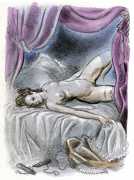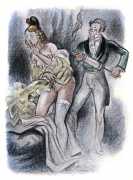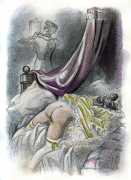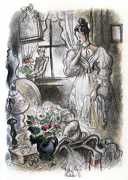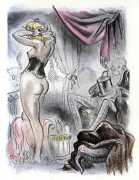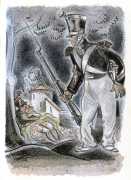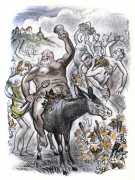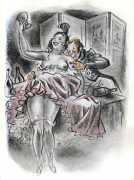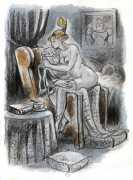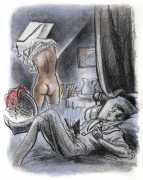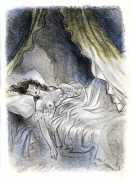 ‘I am quite a good poet,’ Pierre-Jean de Béranger said of himself, ‘clever in the craft, and a conscientious worker to whom old airs and a modest choice of subjects have brought some success.’ His modest self-appraisal belies his importance in literary history. Larry Portis in his history of popular French music, French Frenzies: A Social History of Pop Music in France, describes Béranger as ‘the most popular French songwriter of all time’. When Pierre-Jean de Béranger first began to cultivate the chanson, it was a minor and little-regarded form, restricted to slight subjects and a humorous guise of treatment. He raised the standing of the art, imbued it with sentiment, and turned the French song into into an internationally-recognised art form.
‘I am quite a good poet,’ Pierre-Jean de Béranger said of himself, ‘clever in the craft, and a conscientious worker to whom old airs and a modest choice of subjects have brought some success.’ His modest self-appraisal belies his importance in literary history. Larry Portis in his history of popular French music, French Frenzies: A Social History of Pop Music in France, describes Béranger as ‘the most popular French songwriter of all time’. When Pierre-Jean de Béranger first began to cultivate the chanson, it was a minor and little-regarded form, restricted to slight subjects and a humorous guise of treatment. He raised the standing of the art, imbued it with sentiment, and turned the French song into into an internationally-recognised art form.
By the time Collot was commissioned by Éditions de la Nef d’Argent to illustrate a selection of Béranger’s Chansons galantes (Gallant Songs) in 1943, this selection had been continuously in print for nearly eighty years, including an edition of 1864 with a frontispiece by Félicien Rops. Collot’s illustrations are gently erotic scenes with discreet female nudity, entirely in keeping with the traditions of galantiana.
The Collot-illustrated Chansons galantes was printed in a limited numbered edition of 1,500 copies.


